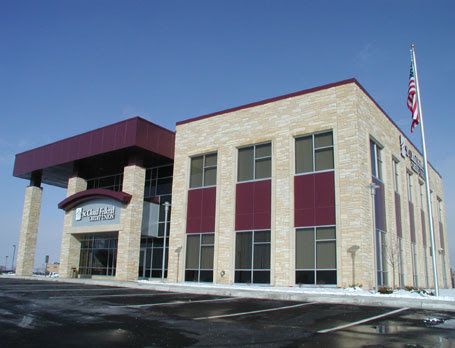Miracles
the TriUnity Foundation story

We'll start with the tree.
It lives in St. Cloud, Minnesota, a place you probably never knew existed until this moment.
That's understandable; it's a relatively obscure map dot tucked north and west of the far more famous city of Minneapolis, whose 73,000-seat stadium could easily hold every single St. Cloud resident with room to spare.
The fact that Minneapolis is in Minnesota, and that nordic-themed professional football players hurl themselves around the aforementioned stadium for a few months every year, may constitute the bulk of your knowledge of this area of the country.
That's understandable, too; through no fault of its own, the northernmost state in our lower 48 has been stripped of its nuance and reduced to simple answers summoned through furrowed brows by non-locals during pub trivia nights ("Wasn't Prince from up there? Lotsa lakes, maybe? And no, I don't know why they're twin cities, thank you very much").
Don't forget the cold. At its most timid, it's merely brutal. When it screams unchecked down from the arctic, it's homicidal.
These may be the only salient facts you think you need to know about Minnesota, its twin cities, an obscure map dot.
We need to add this tree to your library, though, because its story could save your life.
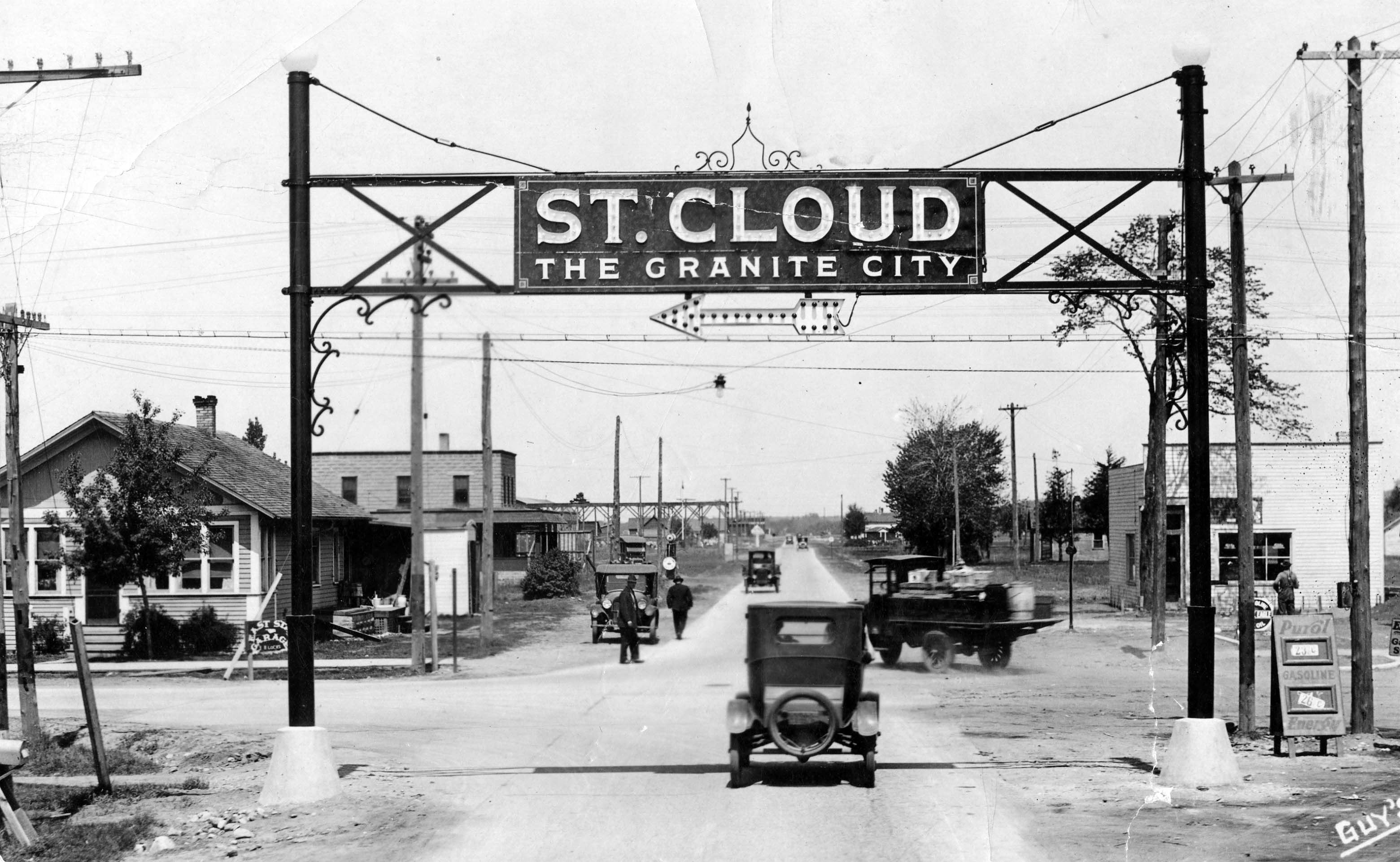
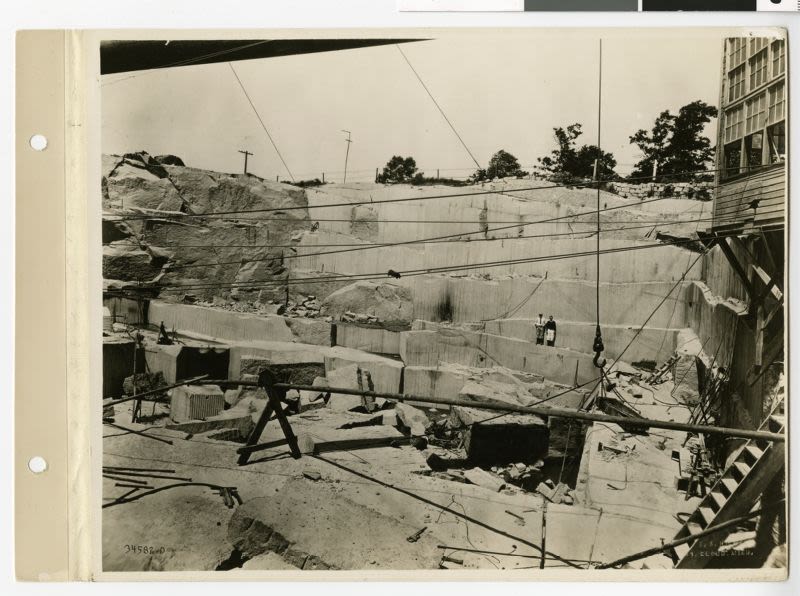
If St. Cloud is known for anything at all, it's the "Granite City" nickname.
The reason is hardly mysterious; men have been clawing this particular treasure from the town dirt continuously since the 1880's.
Some of that granite may lurk below the tree's fragile roots, blocking its growth before the turn of the season, hollowing it into splinter and loam.
The tree, in elegant desperation, may stretch itself around and under the indifferent obstacle to find nourishment. There is no guarantee here.
New growth or new earth. The tree will become one or the other.
It pleads for life with every sunrise, hopes the granite won't win.
But the world will be the final judge.
The tree is a test of patience, but not of its own. Waiting is its essence, time its friend and forge. In that sense, it's wiser than us.
The tree is a test of attention. You didn't know about this tree until three hundred words ago, but you may think you know everything necessary about this tree because of where it grows, what it looks like, and how similar it is to other trees.
Leaves, branches, bark...they all pretty much look the same, pretty much are the same. Encouraging you to care about the life and fate of this one will be difficult because of its ubiquity and simplicity.
That's the risk with this story. It has to not only stop you in your scroll, but change both what you know and what you'll do about something else just as ubiquitous yet far more complex and fatal.
A tall order, maybe too much for this humble tale, because our attention is ravenous, strained long and stretched thin, and bellowing to be entertained by any means necessary.
Starting this tale with a tree -- arguably the most inanimate life we will ever encounter, the antithesis of the excitement and surprise and controversy upon which our starved attention binges -- could be the first in a series of narrative missteps.
Because convention and habit demand that this story bend toward your heart and interests first and right soon, else commit the mortal sin of boredom and risk banishment into irrelevance's outer darkness.
So bend we shall, but with this in mind:
The tree is a test of perception. It hides from your casual glance as you speed past it, concealed down a short path and behind a taller stand of its much older brethren.
You can't see it immediately. You have to look for it. Get down on its level. Understand where it grows and why. You have to want to see it before you actually can.
Its worth and beauty are independent of your knowledge or interest.
It's attempting great and good things: lend shade and comfort to the seen and unseen life teeming around it, prove the impotence of the gray and cold, push away the dark, pull new growth through and around indifferent stone.
It's attempting a miracle.
It isn't alone.

The main office of St. Cloud Financial Credit Union dominates a low-slung stretch of stores and businesses just down the road, its two stories fashioned to reflect the stability and strength of the institution it houses.
The credit union was founded in 1930 to serve the needs of postal employees. Its mission has evolved in the ensuing nine decades, as has who it serves. Anyone in the seven surrounding counties can now join, and more than 25,000 people have entrusted over a third of a billion dollars to SCFCU.
Jed Meyer has led SCFCU since 2014. He's a team guy to the marrow, loves how a group transcends ego and pride to transform some small corner of the world.
He grew up playing baseball, excelled as a Bulldog at the University of Minnesota in Duluth, helps others do the same now as a coach.
It's no wonder, then, that Jed was drawn to a career in credit unions because they are not-for-profit financial cooperatives. The industry was formed specifically to encourage teamwork amongst every member who owns an equal share of the institution.
As CEO, he has been on a mission to change his credit union because it, and its entire industry, needs to change:
"I think the cooperative model is like a race car, and the credit union runs it up and down the driveway and around the block sometimes.
And I'm always looking for ways to get out on the open road."
Jed Meyer
CEO, St. Cloud Financial Credit Union


One of the pillars of that transformation was starting a nonprofit foundation, a growing trend in the credit union industry; in 2015, there were 53 credit union foundations across the United States. As of 2024, there are over 120.
Most of them, according to Jed, support various financial literacy and community educational initiatives. Fine causes, no question. Amazing work accomplished by amazing people, to be sure.
But he's eager for unbeaten paths that will lead him toward the hurting and broken and desperate. Their agony is all too common in St. Cloud, in Minnesota, in America.
Which made his decision about who his credit union's nascent foundation would serve an easy one: those whose bodies have been savaged by terminal illnesses like cancer, and their finances eviscerated by the greed and indifference of America's profit-obsessed healthcare system.
It will attempt to heal their financial trauma through cash grants to pay their mortgages, car loans, and other consumer debt.
Those payments support the most urgent and basic of needs -- shelter, freedom, stability -- yet are the most likely disrupted when catastrophic medical bills turn lives inside out.
And those delinquencies, left unresolved, rip families from their homes and cars and the ability to pay for their lives. It throws dying patients, quite literally, onto the street with no way to move, heal, work, survive.
In the world of financial services, these implosions are neutered and euphemized as foreclosures and repossessions and credit freezes; small print in quarterly reports, variables in soulless calculations.
But they, like a terminal illness diagnosis, can be a death sentence.
That isn't hyperbole, especially with diseases like cancer:

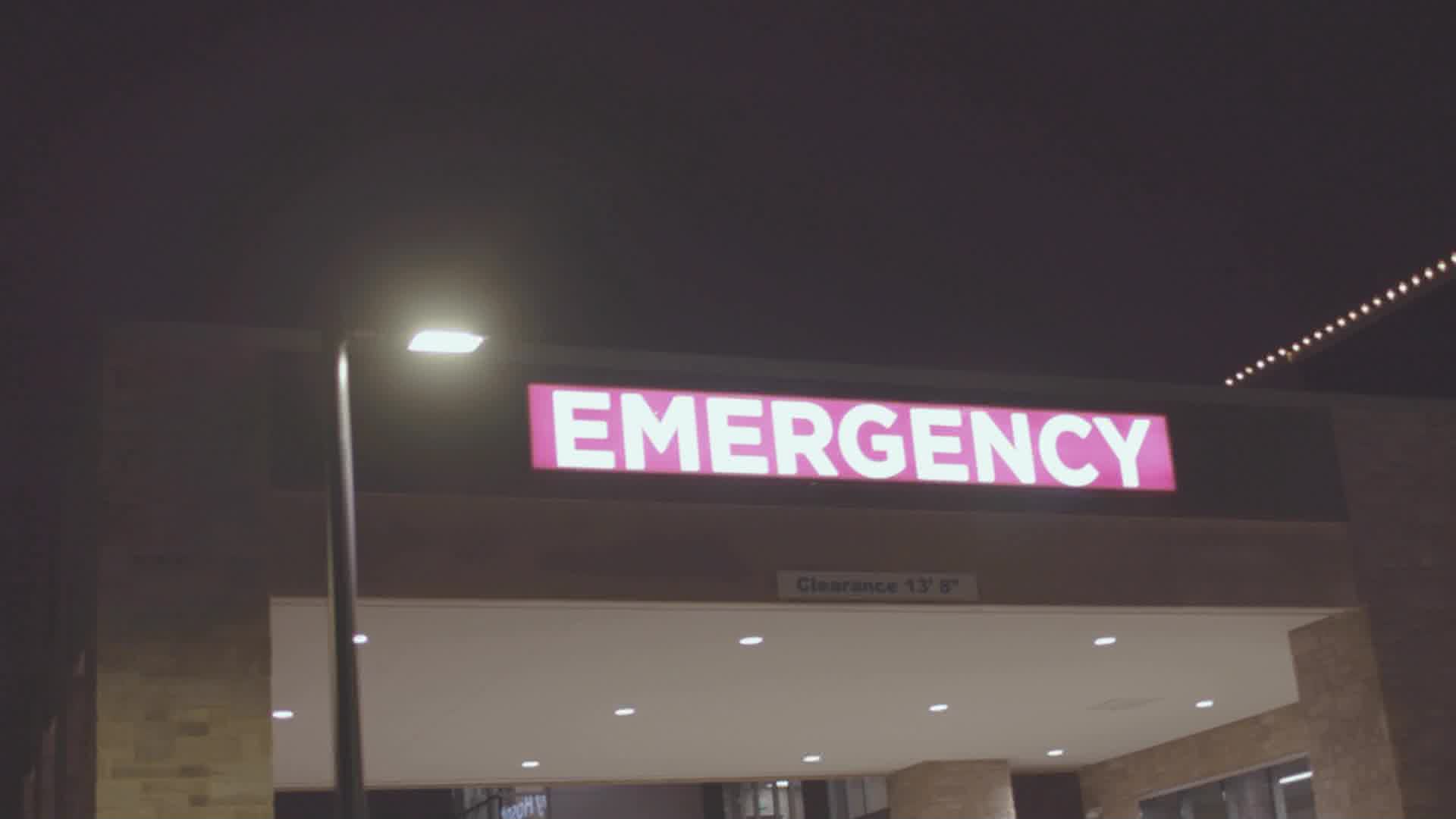
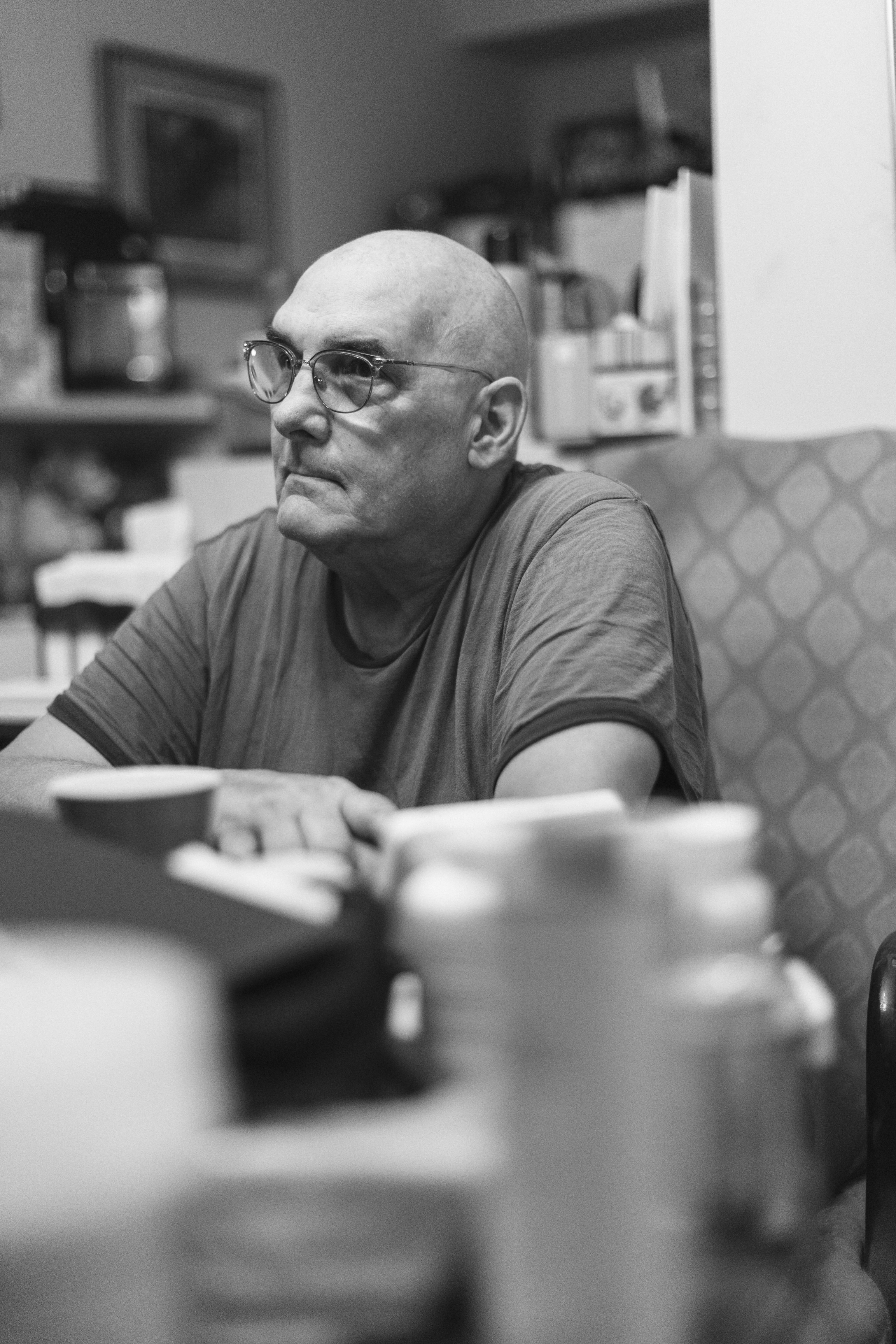
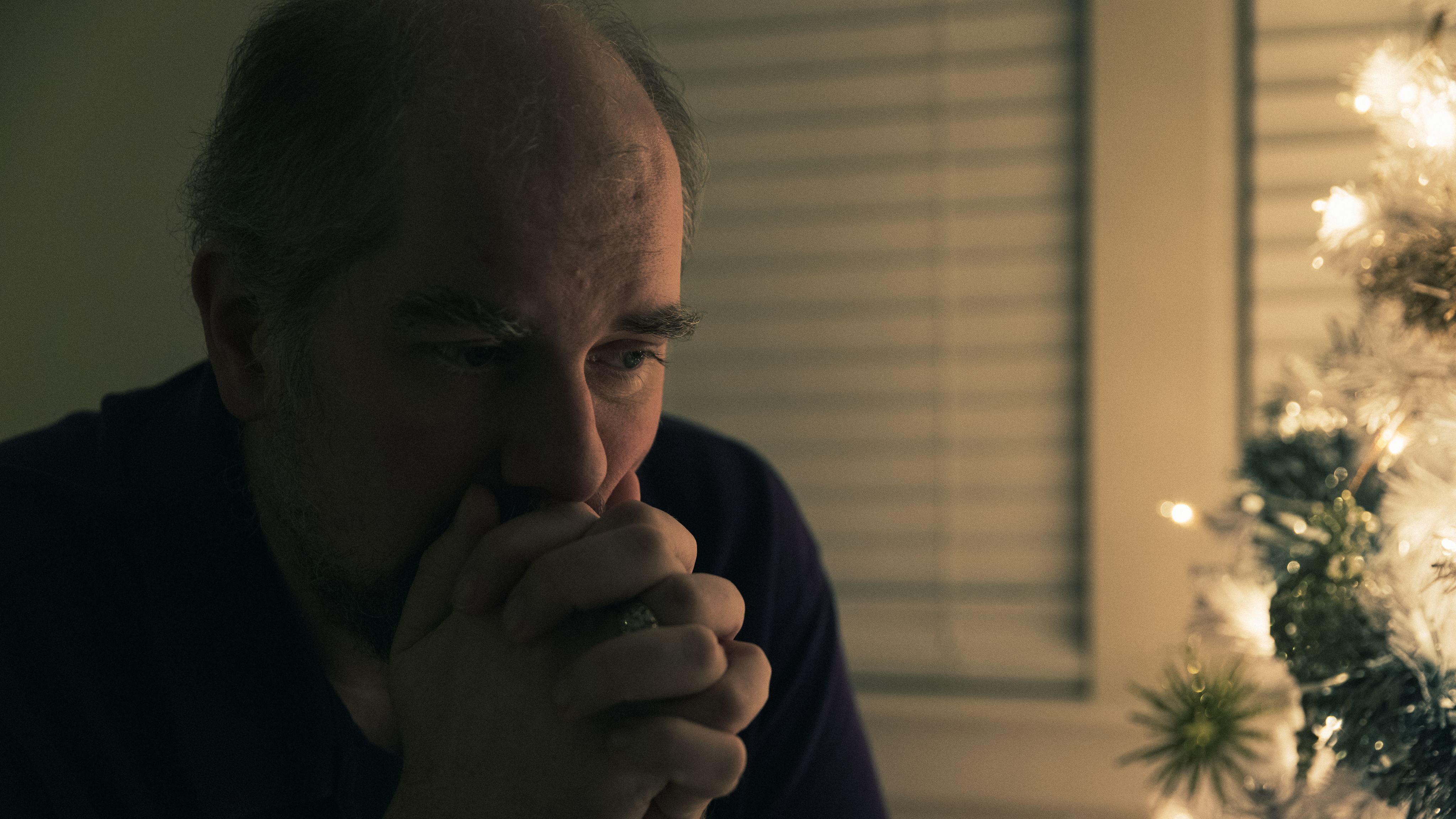
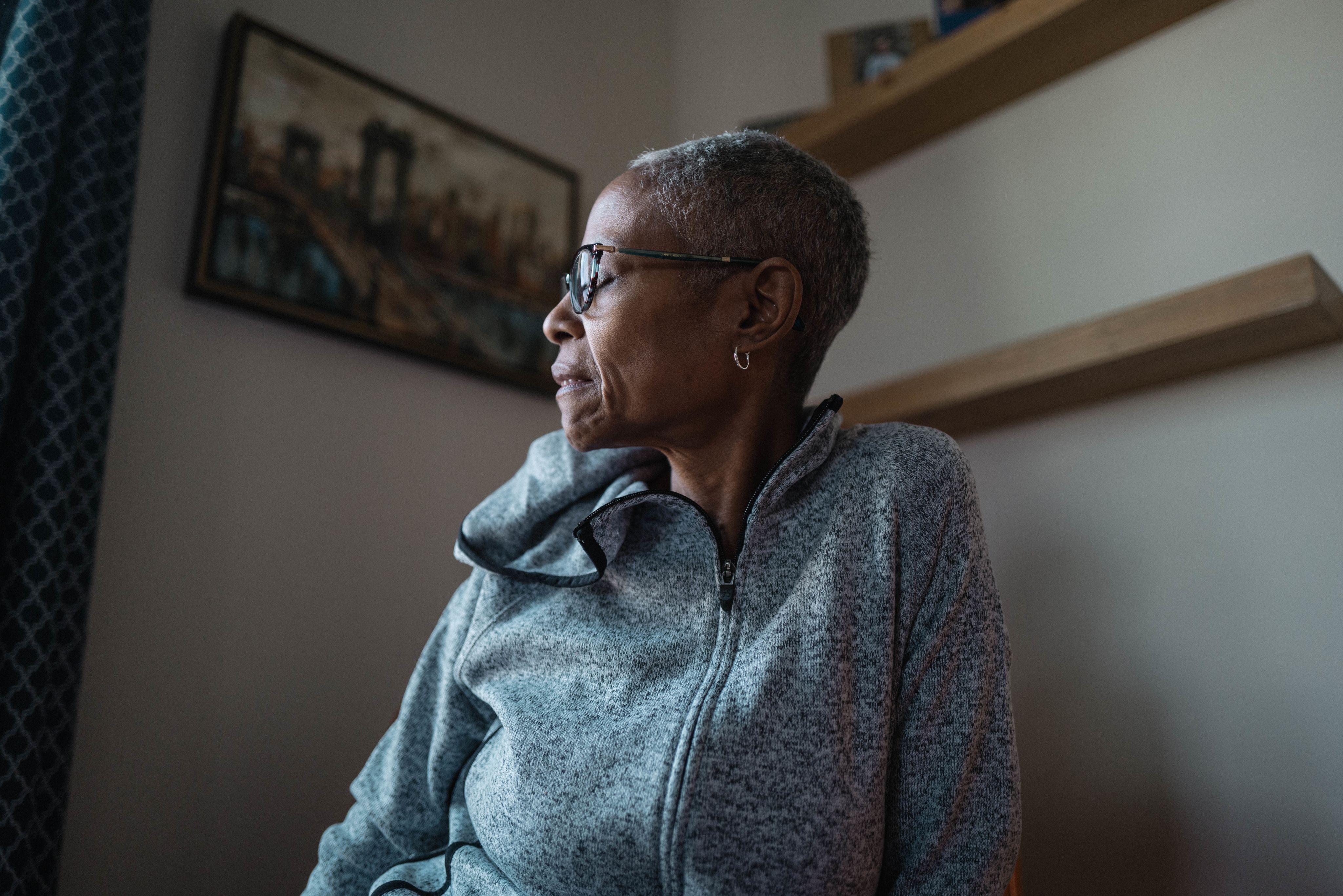

CANCER IS THE SECOND-LEADING CAUSE OF DEATH IN AMERICA.
Half of all Americans will be diagnosed with cancer at some point in their lives.
CANCER IS THE MOST EXPENSIVE DISEASE MOST OF US WILL EVER FACE.
In the first two years of cancer treatment, over
40%
of patients will lose their life savings.
The average amount lost is over
$92,000
AFRICAN-AMERICANS have the HIGHEST DEATH RATE
and LOWEST SURVIVAL RATE
of ALL RACIAL AND ETHNIC GROUPS for MOST CANCERS.
Adult cancer patients are nearly
300%
more likely to file bankruptcy than those without cancer.
For those who do go bankrupt, their risk of dying early increases by
79%
These are the why and what of the TriUnity Foundation, one of the newest among the 1.8 million other nonprofits across the country.
You could call it Jed's brainchild, but his team-first spirit won't let him take that much credit.
He has help.
"Everyone here at this credit union wants to dig in and make a meaningful difference.
This foundation was created because they saw a need that not a lot of organizations were touching."
LeAnn Case
Board Chair, TriUnity Foundation


"We need to do this because it feels right. It's what we're about.
We need to figure out what we can do to help people when they're diagnosed with a terminal illness that can make their life better and that they're not worried about their finances."
Alyce Justin
Vice Chair, TriUnity Foundation
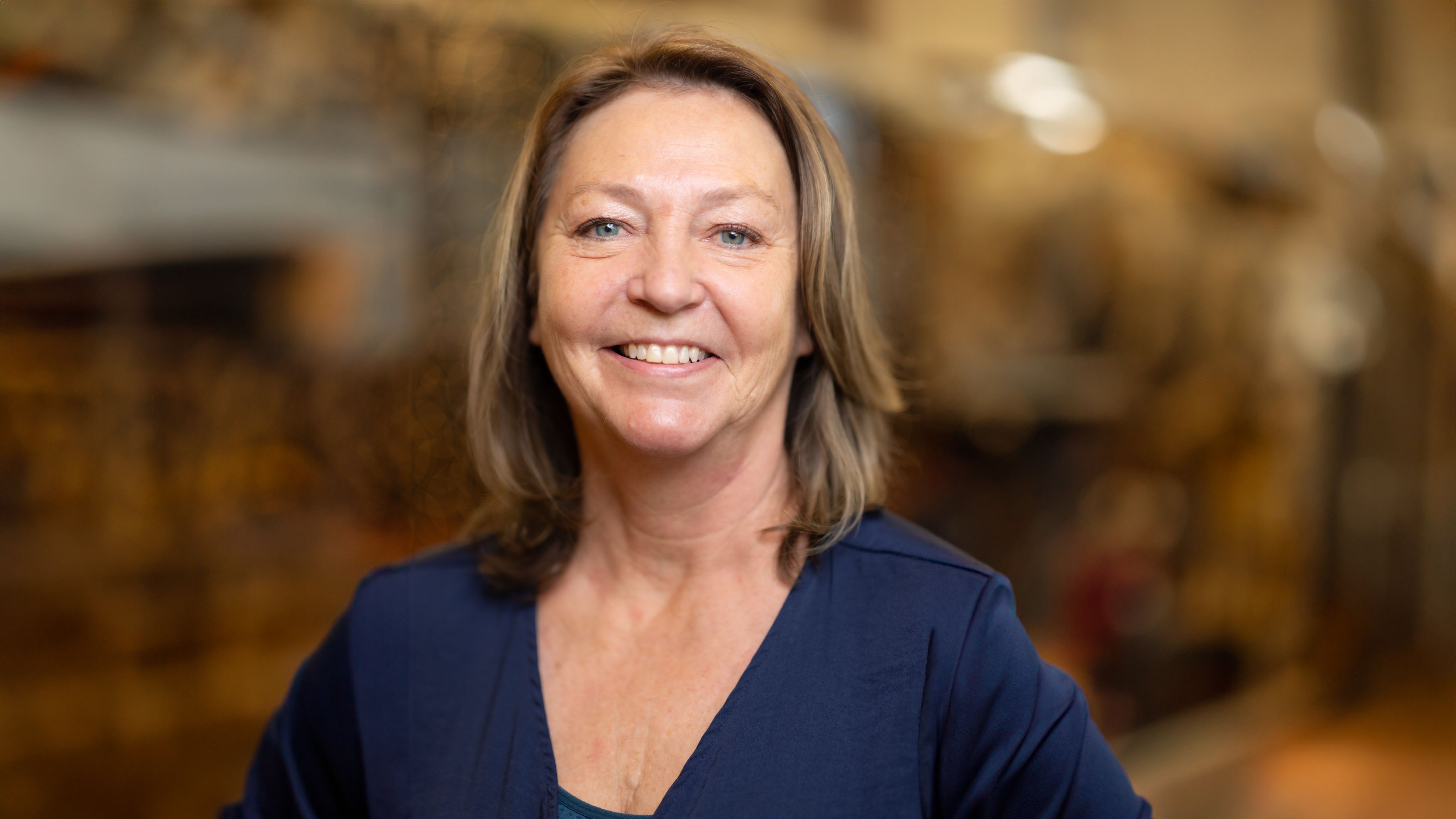

"If someone is struggling with an illness, what better way to help them eliminate some of their financial strain so they can focus on themselves and their families?"
Chase Larson
Director, TriUnity Foundation
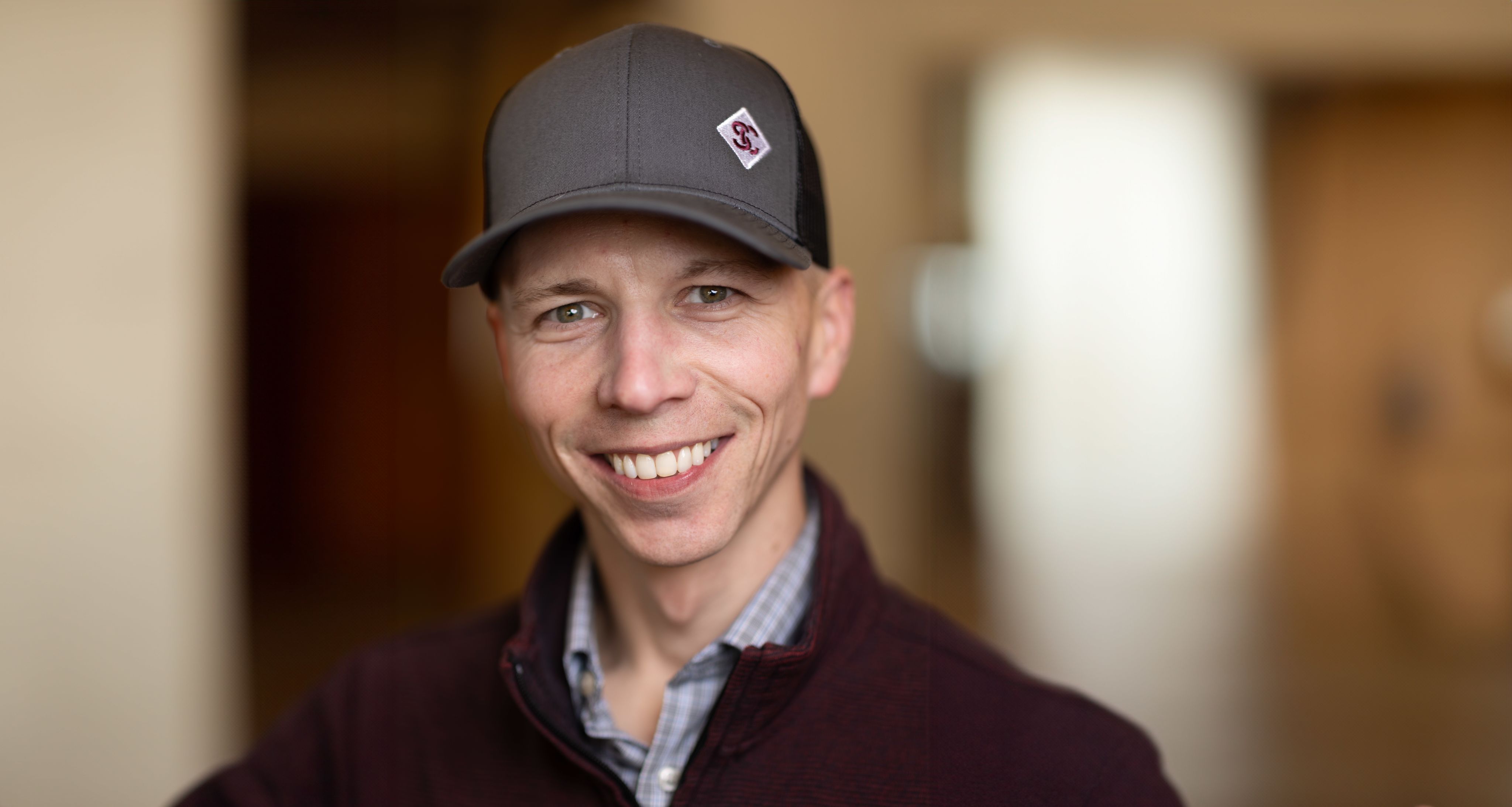

"We're helping all credit union members and their communities directly, to have an impact that's not just local to St. Cloud -- but across the country."
Jamie Kleve
Secretary, TriUnity Foundation


Many others have united to help TriUnity find the sky. You'll meet them eventually, if they sit still long enough for the spotlight to settle upon them, that is.
They're too busy finding lives who are looking for hope, hungry for healing, desperate for strength.
That pain hides from casual glances. You can't see it immediately. You have to look for it. Get down on its level. Understand where it grows and why.
You have to want to see it before you actually can.
And when you do, you'll move heaven and earth to push away the dark, prove the impotence of the gray and cold, pull new growth through and around the indifferent and impatient stone of the world.
That is a miracle.
Let's make them together.

